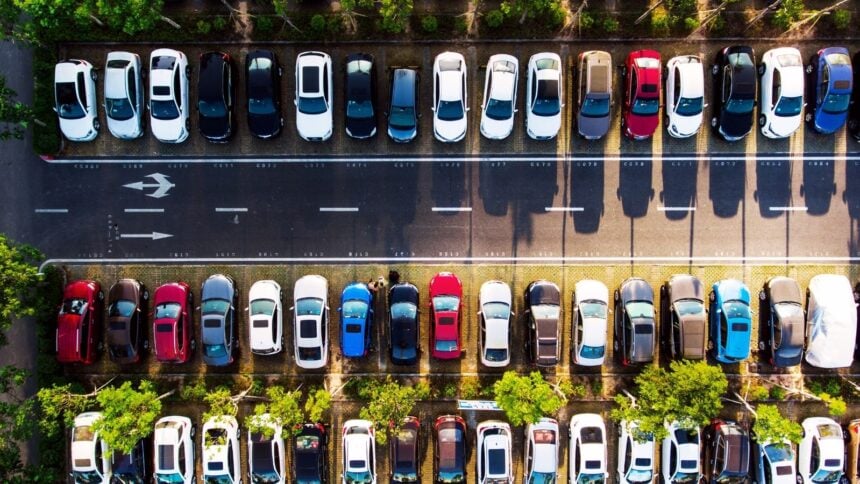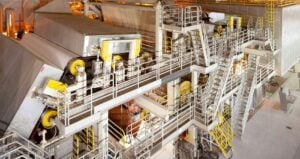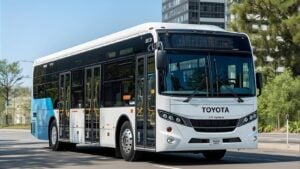Detroit and its global rivals built capital plans assuming a steady glide path to cleaner cars. Instead, executives are navigating a rulebook that keeps changing just as input costs climb.
From 2027, the Environmental Protection Agency’s final light and medium duty standards tighten each year through 2032, a framework that allows multiple compliance pathways but still requires faster progress on fleet emissions.
The National Highway Traffic Safety Administration has locked in new Corporate Average Fuel Economy targets beginning with the 2027 model year.
Passenger car requirements rise about 2% annually through 2031, with a later ramp for light trucks that step-up will push automakers toward lighter platforms, more efficient powertrains, and a heavier mix of hybrids where full battery models are not yet profitable at scale.
Treasury and the IRS finalized rules this year that govern which vehicles qualify for the consumer clean vehicle credit under section 30D, including new guidance that ties eligibility to where batteries and critical minerals are sourced.
The point of sale transfer of the credit, live since January 2024, helps close price gaps for eligible models, but the list of qualifying vehicles can shift as content rules tighten and supply chains evolve.
Buyers and dealers will need to check eligibility close to delivery, not just at the time of order.
Washington raised tariffs on Chinese made electric vehicles to 100% and increased duties on several battery related inputs after a 4 year review of Section 301 measures.
The intent is to protect domestic manufacturing capacity, but higher levies on cells, modules, and parts can lift costs for North American producers that still rely on foreign components.
Companies now face a strategic choice between accelerating onshore sourcing or accepting a hit to margins and pricing power.
Product teams must juggle overlapping EPA tailpipe limits, fuel economy rules, and tax-credit content thresholds across different model years.
Finance chiefs are weighing whether to front load spending on battery plants and hybrid lines or stretch timelines until demand and incentives align.
Pure EVs remain a scale game, tilted toward manufacturers with vertically integrated battery supply or access to cost-competitive packs.
Insurance, labor, logistics, and certain metals remain elevated compared with pre-pandemic baselines, even as some raw inputs have eased.
Any further escalation in trade tensions would compound those pressures. The most exposed segments are price-sensitive crossovers and pickups that dominate U.S. volumes and underpin profitability.
North of the border, Ottawa’s EV policy debate has also shifted, underscoring how quickly regulatory backdrops can move.
Canada’s recent decision to recalibrate an EV sales mandate, framed around jobs and trade, shows that regional rules can diverge even within tightly linked supply chains.
See our coverage of how Carney hits pause on EV mandate and what a new mega battery plant could mean for North American sourcing.
On the technology front, developments like Toyota and Isuzu’s fuel cell buses plan are a reminder that compliance will not be one-size-fits-all.
Model year rollovers between 2026 and 2028 will reveal how each carmaker balances hybrid volume against EV launches to thread the emissions and CAFE needles.
Supplier contracts for batteries and minerals will determine who can preserve 30D eligibility while keeping bill-of-materials costs in check.
The tariff map will influence sourcing and pricing decisions for entry level EVs, where consumer affordability is most sensitive.
Companies that communicate clear compliance pathways, lean into cost down on electrified platforms, and secure eligible supply chains are better positioned to ride out the policy noise.




















